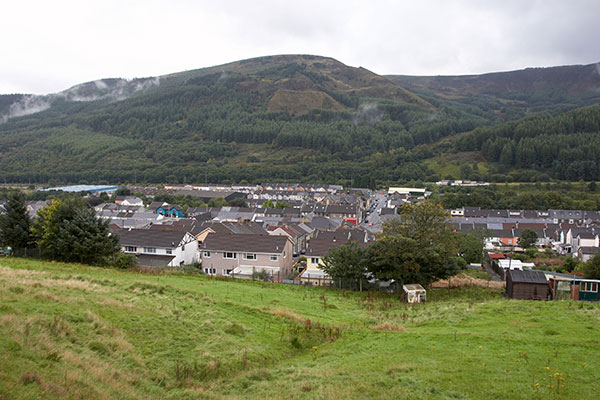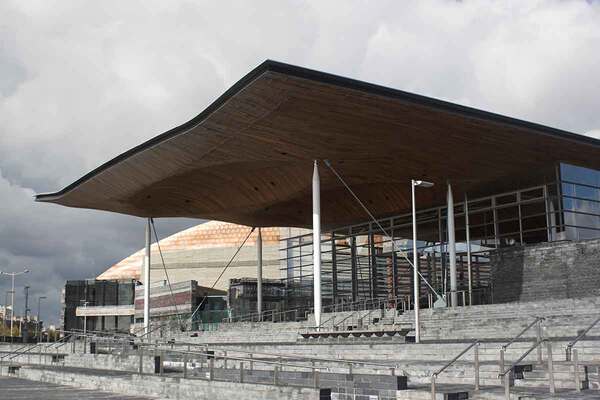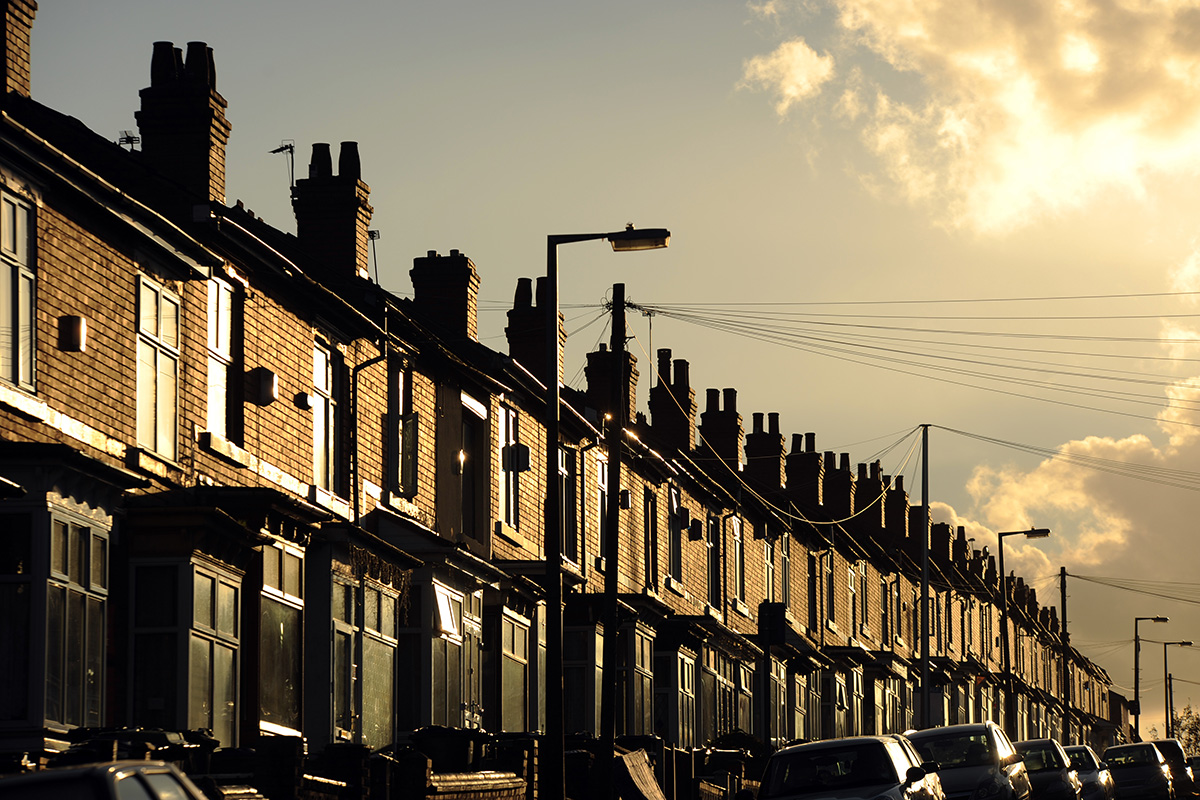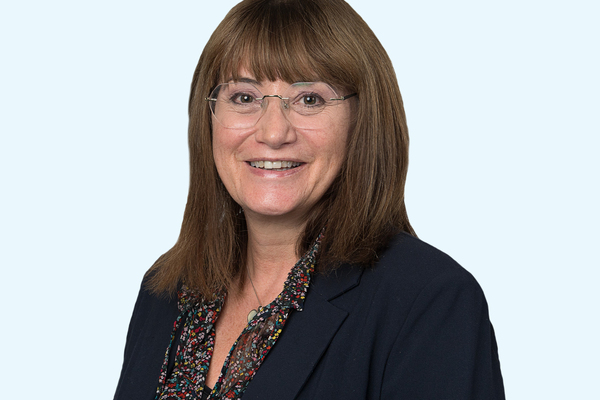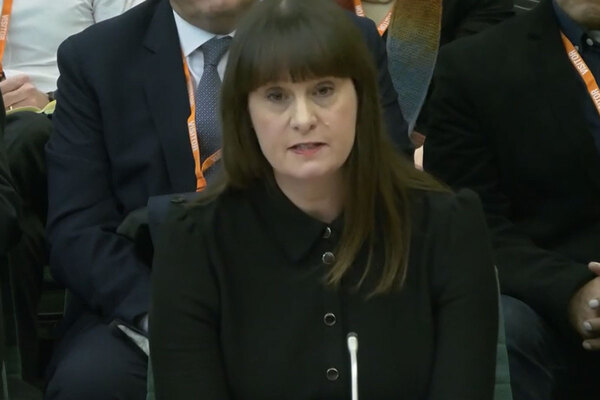You are viewing 1 of your 1 free articles
Single-person households in Welsh temporary accommodation increase 258%
A lack of one-bedroom accommodation in Wales has resulted in the number of single-person households presenting as homeless and being placed in temporary accommodation increasing by 258%.
Using Freedom of Information (FOI) legislation, Inside Housing has discovered which types of household were placed in temporary accommodation in Wales between 2017-18 and 2021-22.
Over this five-year period, single-person households saw the largest increase, followed by ‘other’ (166%) and couples (148%). Single parents and couples with children increased by 41% and 12%, respectively.
‘Other’ is made up of households where there are more than two adults, whether that household has children or not, but can include siblings, grandparents with grandchildren, or a couple plus a sibling.
The total figures are likely to be even higher, as only 16 of 22 Welsh councils responded to the FOI request.
Ceredigion County Council said the rise was primarily due to the ‘no one left out’ approach implemented during the pandemic and subsequent changes in priority need.
For the council, the number of temporary accommodation units for single persons increased by 75% and self-contained units by 25%, from before to after the pandemic.
A Conwy Council housing team member said it was also affected by the no one left out policy. A lack of affordable housing options in the county also meant that households remained in temporary accommodation for longer because of limited move-on options.
The response was similar for Bridgend. A spokesperson said: “The Welsh government’s ‘all in’ approach is a significant factor and likely the largest contributor to increases in placements from 2020-21.
“The legislative change significantly impacted those presenting as homeless, in particular with regard to eligibility for temporary accommodation. Single-person households will have made up the majority of those not eligible for temporary accommodation previously.”
A Cardiff Council spokesperson said: "During the pandemic, there were changes to homelessness legislation which expanded the definitions of ‘priority need’ and ‘vulnerability’. This led to an increase in single people housed within Cardiff Council’s Gateway.
“In addition, legislation around social distancing meant that the council expanded its offer of self-contained accommodation, to reduce the number of shared spaces. This resulted in an increase in the number of supported accommodation spaces available for people at risk of or who were rough sleeping, to access. These additional spaces created continue to be maintained by the council."
Cardiff pointed out that over the same period, the numbers of households with children in temporary accommodation decreased over the pandemic due to eviction freezes at that time, and that the most recent figures show that there are 22 people sleeping rough on the streets of the city.
No other Welsh councils responded to a request for comment on the figures, but Matt Dicks, director of the Chartered Institute of Housing Cymru, said the figures showed the impact of a historic undersupply in one-bed accommodation.
“From 2020-21, the changes in priority need implemented in response to the COVID pandemic, and increased numbers of hidden homeless coming forward for assistance as a result, also contributed to the spike in numbers, especially from single-person households.
“Ultimately, behind the figures lies the historic undersupply of social and affordable housing coming home to roost, specifically one-bed accommodation, as the vast majority of those in temporary accommodation are single people or couples without dependent children.
“The grant regime needs to be more flexible in order to make the building of one-bed accommodation more viable for housing providers, and that flexibility in the allocation of grant funding is partly what the introduction of the standard variable model of social housing grant aims to achieve,” he said.
Total rise by household type across Wales
| Household type | Increase/decrease by household over five-year period |
| Single | 258% |
| Couples | 148% |
| Single parents | 41% |
| Couples with children | 12% |
| Other | 166% |
Sign up for our Wales newsletter
New to Inside Housing? Click here to register and receive our Wales round-up straight to your inbox
Already have an account? Click here to manage your newsletters
